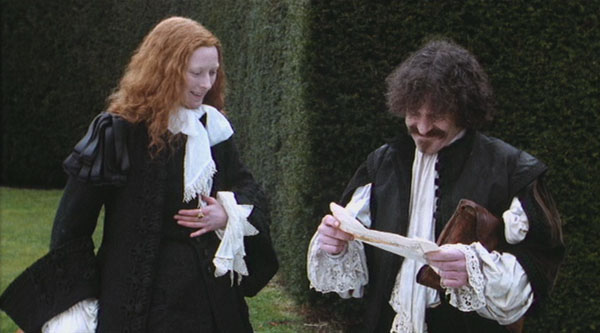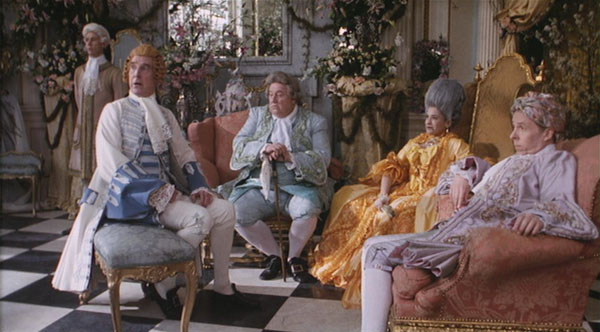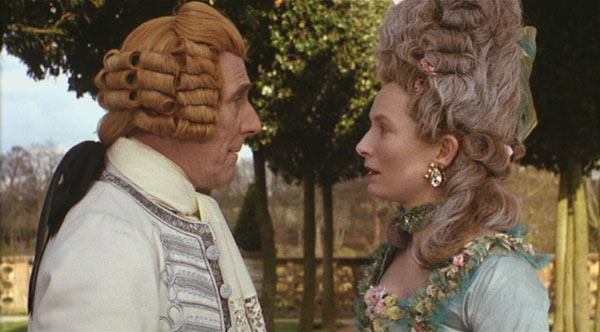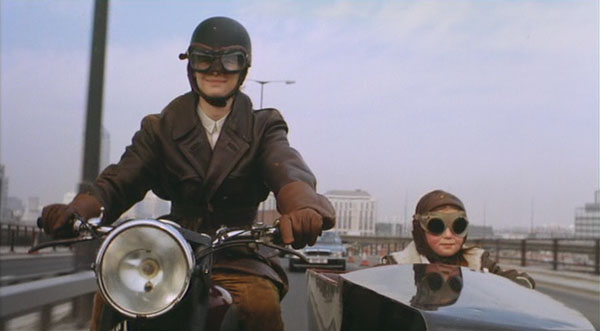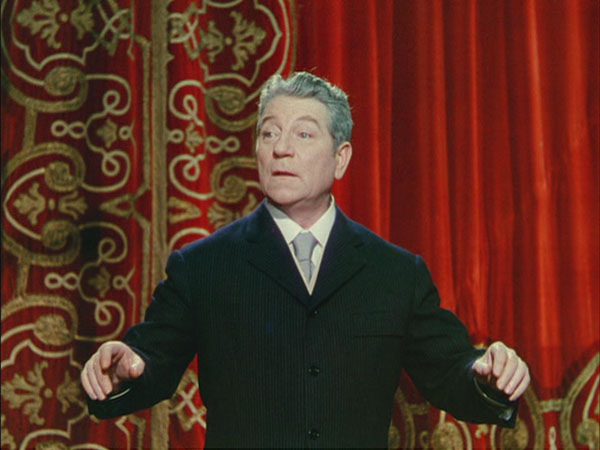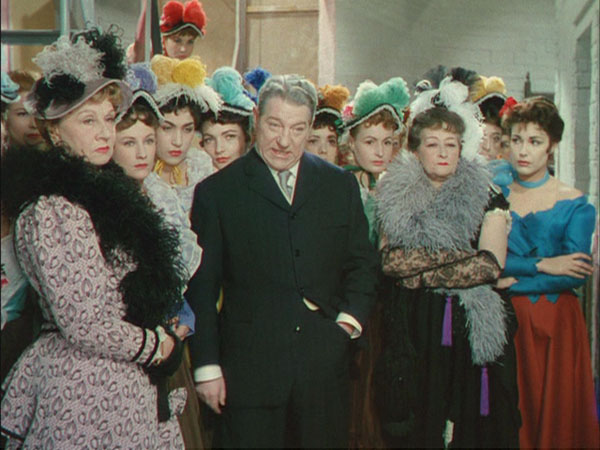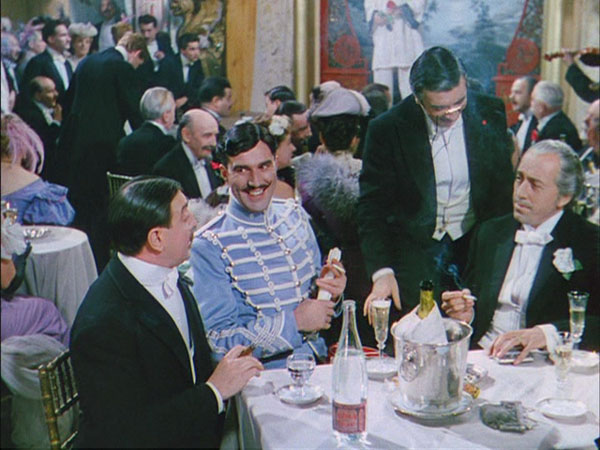Simao loves neighbor Teresa and Teresa loves Simao, cousin Balthasar also loves Teresa, servant Mariana loves Simao, Joao loves his daughter Mariana, and all these loves are doomed, doomed, doomed. Simao and Teresa’s families hate each other, Simao kills Balthasar and is sentenced to prison, old enemies of Joao kill him, and finally Teresa wastes away in a convent, Simao dies on a prison ship and Mariana jumps into the ocean during his sea burial.
Teresa:

So it’s quite unhappy, and reminiscent of Mysteries of Lisbon since they’re by the same author, but also an idiosyncratic movie, with different stylistic tics than the Ruiz. Some notes I took:
– Mirror dissolve to scene of mythology
– Lots of mirrors
– Narrator, rushing through backstory
– Tadeu stomps around yelling insults but all we hear are his footsteps
– Night scenes are just a black screen with subtitles
– Letters are filmed, narrated in their entirety, or their writer will recite into camera
– Flatly delivered dialogue
– Sometimes narrator tells us what would easily have been shown
– Actors stand by patiently waiting for the narrator to finish, like in a Peter Watkins movie.
– Narrator describes Simao killing Balthasar right before it happens
Simao kills Balthasar:

Set in the early 1800’s. Each episode opens with Simao’s younger sister Rita summarizing the previous episode into camera. There are other characters and events – Simao’s brother Manuel, who runs off to Spain with a married woman, and Simao’s mom, a former queen’s lady who misses the splendor of her old life and pulls strings to get her condemned son preferential treatment, and Joao, who gleefully murders Balthasar’s men in order to help Simao – but these are secondary to the whole doomed-love thing.
I used to think of convents as good places before this and Mysteries of Lisbon, The Devils, Mother Joan of the Angels, The Nun, Les Anges du peche, Don’t Touch The Axe, Black Narcissus, and so on. There’s little religion in the convent where Teresa is committed by her family – she’s immediately told not to trust the mother superior, and all the nuns run around gossiping about each other.
There have been at least eight film adaptations of Doomed Love, plus there’s a mysterious 2006-07 series on IMDB with Branco as writer, listing all the Doomed Love characters as well as Father Dinis, Angela and Eugenia from Mysteries of Lisbon – a Branco Universe crossover?
Mariana with Simao:

J. Rosenbaum called it “The Masterpiece You Missed” in his review, reprinted in his collection Placing Movies, which I read at the beach thirteen years ago and I’ve been seeking this movie out ever since. I’m still seeking it… hopefully a better copy surfaces on video someday. I think there are different versions, and I saw the television (color) miniseries. The great Oliveira died between my watching this and finally writing it up, but I’ve got about forty more of his films to watch, so his art lives on.
Rosenbaum:
Intricate dovetailings of narration and dialogue produce some elegant displacements and overlaps in and on the sound track. When the heroine’s father shouts at her in close-up, the sound of his voice ceases at the precise moment that the male narrator announces that the (off-screen) daughter doesn’t hear him because she’s left the room. Much later, the imprisoned hero responds in person to the narrator’s off-screen report of Mariana’s blacksmith father’s announcement (visible but not heard) that his daughter is delirious — a scene much easier to follow than to describe.
…
Watching this classically wrought example of controlled madness for 270 minutes … I was reminded once again of the battles between narrative and nonnarrative cinema that used to be waged in this room. (Today the battles are over, the warring tribes shipped off to separate schools or summer camps, and a mongrel like Doomed Love, doomed by its own integrity, has to walk the night without the sponsorship of either ghetto.)
Duarte de Almeida of City of Pirates and Past and Present as the ship captain:

P. Cunha in Senses of Cinema:
In Portugal, the film’s critical reception was very hostile. It was also devastating for its director, who was accused of wantonly producing the most expensive Portuguese film made with public subsidy at a time of serious financial crisis. Oliveira was also criticised for moving away from the naturalistic language mandated by television, undermining the legacy of author Camilo Castelo Branco, and not being concerned with the reality of the class struggle Portuguese society was undergoing in the aftermath of the socialist revolution. The debate about Oliveira’s work was so intense that it was even discussed in the national Parliament and inflamed arguments about public financial support for Portuguese cinema.
…
Doomed Love belongs – along with [Past and Present, Benilde and Francisca] – to the “tetralogy of frustrated loves”, a series of four films that are adaptations of works by some of Oliveira’s favourite literary authors (Vicente Sanches, José Régio, Camilo Castelo Branco and Agustina Bessa-LuÃs).

















